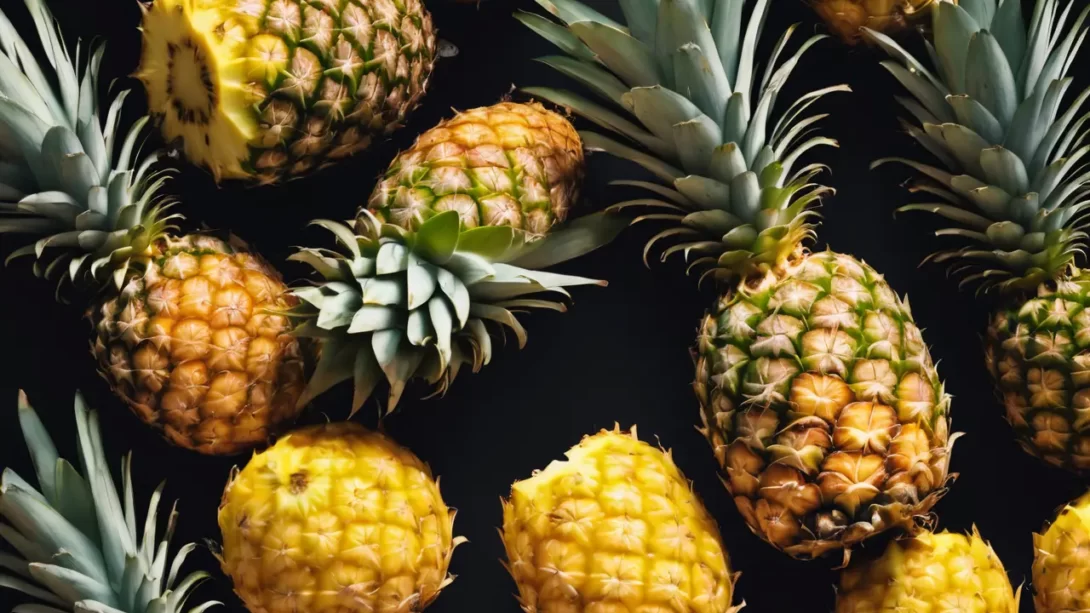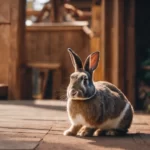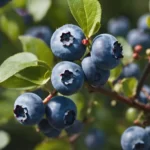The pineapple, with its spiky crown and rugged exterior, is one of the most distinctive and popular fruits globally. Amidst its popularity, a common query arises: Are pineapples man-made? This article aims to delve into the natural history and cultivation of pineapples, shedding light on how this exotic fruit came to be a staple on our tables.
The Pineapple
The pineapple, scientifically known as Ananas comosus, is a tropical plant with a unique physical appearance, characterized by its tough, waxy rind and crown of spiky leaves. Originating from the tropical regions of South America, the pineapple is part of the Bromeliaceae family, which includes both epiphytic and terrestrial species.
Historically, pineapples were cultivated by indigenous peoples of South America long before European exploration. These early cultivations took advantage of the pineapple’s ability to reproduce both sexually (through seed) and asexually (through vegetative reproduction, such as crown and stem cuttings). This versatility in reproduction allowed for the spread of the pineapple across various tropical regions even in pre-Columbian times.
The Myth of Pineapples Being Man-Made
The notion of pineapples being “man-made” likely stems from a misunderstanding of the plant’s domestication and selective breeding processes. While it’s true that human cultivation has significantly influenced the development of the modern pineapple, this does not render the fruit “man-made” in the same sense as synthetic or artificially engineered products.
Selective breeding, practiced for centuries, involves choosing specific plants with desirable traits for reproduction. In the case of pineapples, traits such as sweetness, size, and robustness for transport have been enhanced through this process. However, this selective breeding is based on naturally occurring genetic variations within pineapple plants and does not involve any artificial creation or modification of the plant.
Selective Breeding and Pineapple Cultivation
Selective breeding has played a pivotal role in the evolution of the pineapple, transforming it from its wild form into the fruit we recognize today. This agricultural practice involves selecting plants with desirable characteristics and using them for subsequent plantings. Over generations, these chosen traits become more pronounced, leading to significant changes in the plant’s attributes.
In pineapples, selective breeding has been used to enhance qualities such as size, sweetness, and reduced seediness. Wild pineapples tend to be smaller, less sweet, and more fibrous than their cultivated counterparts. Through careful selection, cultivators have been able to produce varieties that are not only larger and sweeter but also more suitable for long-distance transportation, which is crucial for commercial distribution.
The changes in pineapples through selective breeding are a testament to human influence on the fruit’s development. However, it’s important to note that these changes have occurred within the natural genetic boundaries of the pineapple species, without the introduction of external genetic material typically associated with genetic modification.
Pineapples in the Modern World
Today, pineapple cultivation is a significant agricultural industry, with the fruit being grown in tropical and subtropical regions around the world. The development of commercial farming techniques has further refined the cultivation process, optimizing growth conditions and yield.
One of the impacts of widespread pineapple cultivation is the reduction in genetic diversity. Commercially grown pineapples are often clones of a few selected varieties, which can lead to vulnerabilities such as disease susceptibility and reduced adaptability to environmental changes.
There is also a growing interest in the role of biotechnology in pineapple cultivation. While traditional breeding methods continue to dominate, research into genetic modification offers potential for disease resistance, improved nutritional content, and environmental stress tolerance. However, the use of such technology in pineapple agriculture is a subject of ongoing debate and varies by region and regulatory frameworks.
Conclusion
The journey of the pineapple from its wild origins in South America to the dining tables worldwide is a fascinating story of natural evolution and human cultivation. The pineapple, while not a man-made creation, has certainly been shaped significantly by human intervention through selective breeding. This process has enhanced desirable traits such as size, sweetness, and suitability for commercial distribution, making the pineapple a widely beloved fruit.
However, this journey also highlights the delicate balance between enhancing plant qualities for human consumption and preserving genetic diversity. The reliance on a limited number of cultivated varieties has its drawbacks, including increased susceptibility to diseases and pests and reduced adaptability to changing environmental conditions. As pineapple cultivation continues to evolve, maintaining this balance will be crucial for sustainable production.
The modern pineapple stands as a testament to the intricate relationship between humans and the natural world. It exemplifies how human ingenuity can work with nature’s offerings to produce food that not only sustains but also delights our senses. As we enjoy this tropical fruit, it’s worth appreciating the centuries of cultivation, care, and expertise that have shaped its development.
For gardeners, agriculturalists, and fruit enthusiasts, the story of the pineapple serves as an encouragement to continue exploring and respecting the complex world of plant cultivation. It’s a reminder of the importance of preserving the natural diversity of our planet while responsibly enhancing the qualities of our food sources. The pineapple, in all its sweet and tangy glory, is indeed a natural wonder enriched by human touch.



